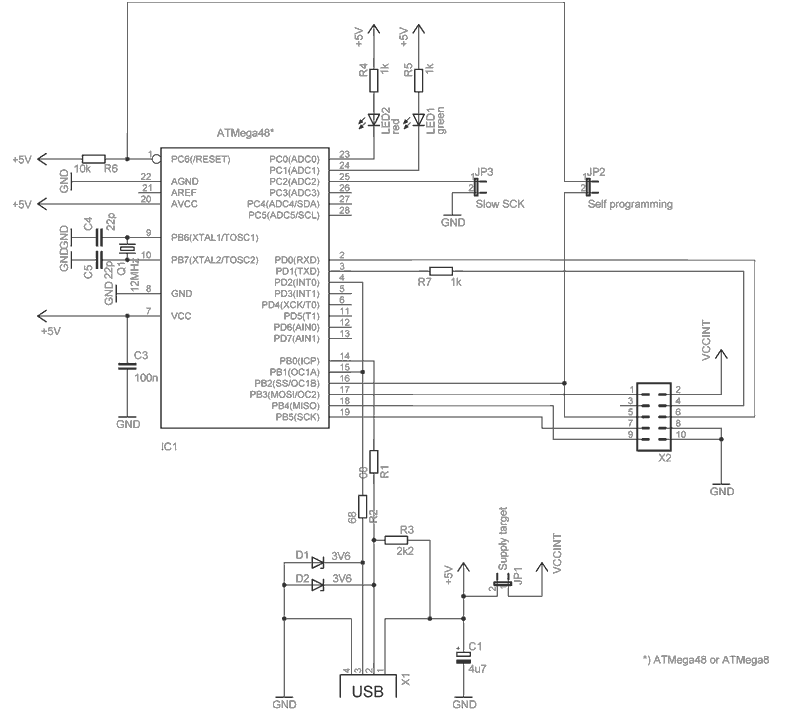How to Flash & Upgrade 3D Printer Firmware Simple Guide
Uncomment means removing the // in front of a setting and you will be left with #define XXXXXX if an option is enabled. There is no need to research anything about bootloaders and flashing memories since we can upload it by means of our preferred slicer. The remainder of the process is now the same as in Option 1. All that is left to do is connect the 3D printer to a computer via a USB B cable and upload using a slicer. You may encounter a few issues down the line if you own an Ender3 since it uses an ATmega1284P 16Bit microcontroller, which is not supported by default. In that case, download Sanguino from here and drop the extracted files into the “…/Arduino/hardware” path of your Arduino IDE installation. In order for this step to work, you need to have previously established a connection with your printer (previous step).

After finishing the update, remove the TF card from the motherboard slot and delete the bin file inside. The first line tells your printer to move to the far corners of your machine until it reaches the end stop. The second line will move the toolhead to the zero position of the X and Y axis at the speed specified by F.
In her spare time, she loves sharing things about her favorite singer – Taylor Swift on her Facebook or Twitter. Firmware lets very specific hardware complete very specific tasks. You don’t need all the hardware the computer has to make the microwave work, right? You just need that specific to making the microwave work.
- Firmware is software that’s embedded in a piece of hardware.
- Some people disable the boot screens to save space, but I’m not quite that desparate, I just need a bit.
- As technology advanced more rapidly, firmware started becoming outdated sooner, before the hardware got worn down.
Firmware is installed directly onto a piece of hardware during manufacturing website. It is used to run user programs on the device and can be thought of as the software that enables hardware to run. While the term “firmware” still holds a very specific meaning, there’s very little reason to use it outside specific technical contexts.
Generally, it was designed for high-level software and can be considered as “semi-permanent” because it remains the same unless it is not updated. In order to work with a new operating system, you need to update the firmware of certain devices like video cards and hard drives. CD and DVD drive manufacturers for making the drives powerful to read faster media often make firmware updates available for users. Sometimes manufacturers release firmware updates, which help to make the system more powerful and capable of working speedily.
